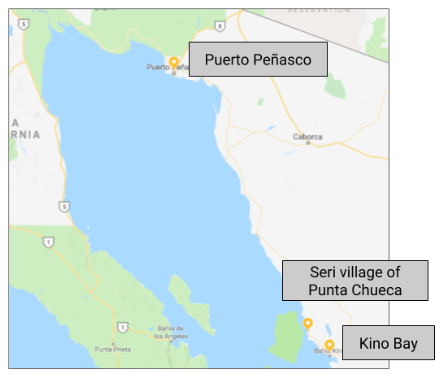
Three Mexican fisheries
Students compare the stories of three Mexican fishing villages to understand the factors that enabled some villages to sustainably manage their fishing resources, while others failed.
Students explore the principles that allow groups to work together and achieve common goals, applying them to the groups that they are a part of or care about.
This lesson is about exploring the conditions and behaviors that can help or hinder groups of people to cooperate towards shared goals. These conditions and behaviors relate to almost every human’s everyday experience of what it is like to be part of different groups. Yet many groups do not work so well because they have not devised ways to take into account these conditions and behaviors in a way that would make them work better.
Starting from their everyday experience, students come to an understanding of the importance of a set of eight Core Design Principles that seem to play a central role in allowing groups to work well and in allowing its members to enjoy being part of the group.
The story of the Core Design Principles may be made explicit to students as insightful examples of transdisciplinary work among scientists, and as examples of how experts engage in deep transfer of learning of underlying principles, thereby allowing them to unlock and understand many different problems across domains
Authors: Susan Hanisch, Paul Atkins

Students compare the stories of three Mexican fishing villages to understand the factors that enabled some villages to sustainably manage their fishing resources, while others failed.
OpenEvo is an educational innovation project from the Department of Comparative Cultural Psychology at the Max Planck Institute for Evolutionary Anthropology.
Evolve the future of education with us!